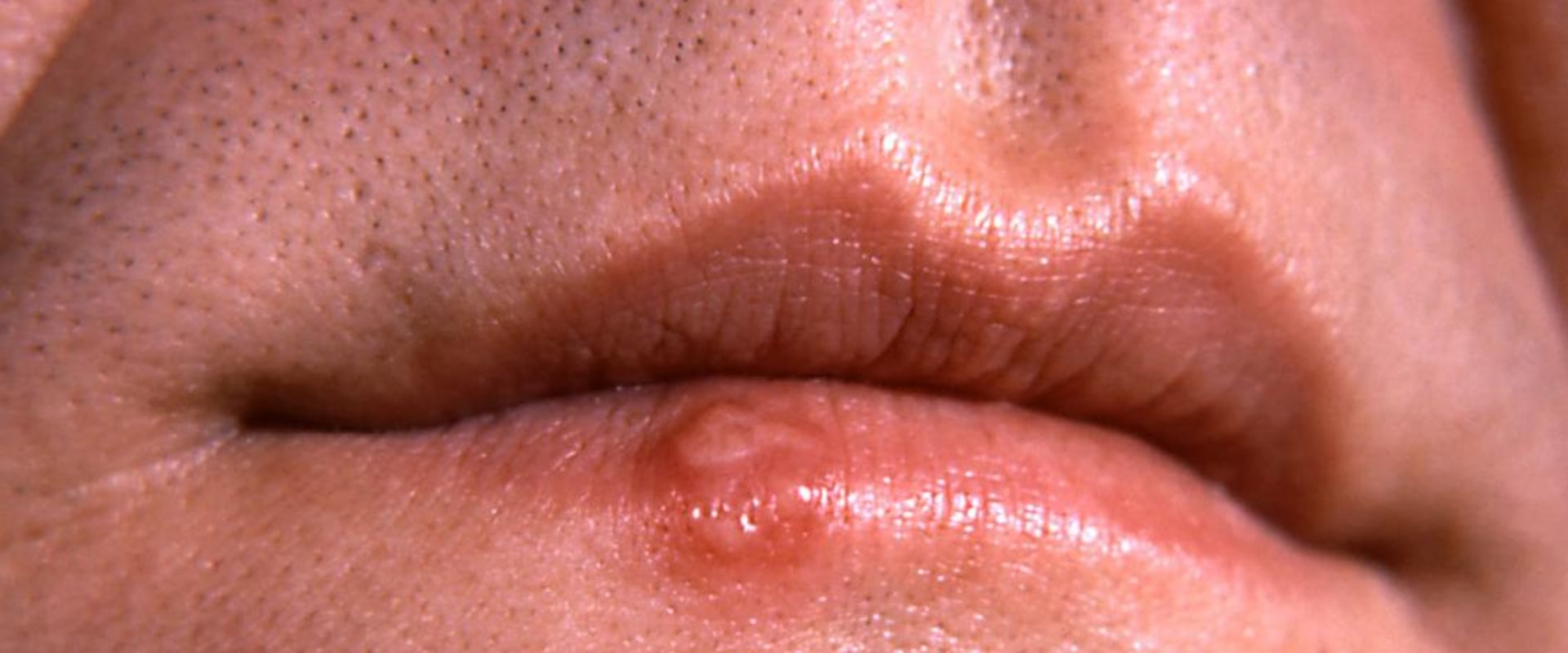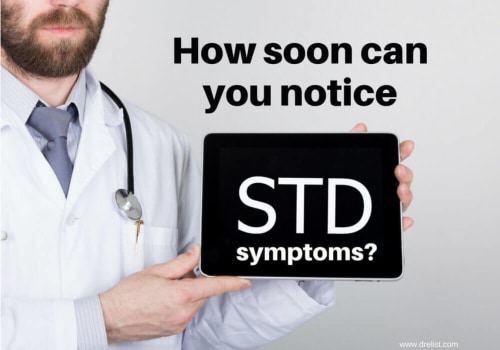Sexually transmitted diseases (STDs) or sexually transmitted infections (STIs) are infections that are passed from one person to another through sexual contact. The bacteria, viruses, or parasites that cause STDs can be transmitted through blood, semen, or vaginal fluids and other body fluids. Without treatment, STDs can cause serious health problems. But the good news is that getting tested is not a big deal, and most STDs are easy to treat.
Using condoms, talking openly with your partner, and getting regular tests are the best ways to protect yourself from STDs. When it comes to STDs, there is no single test you can take to check if they are all there. But that doesn't mean getting tested is difficult. Read more about STD testing to learn what to expect.
You can get an STD by having vaginal, anal, or oral sex with someone who has an STD. Anyone who is sexually active can get an STI. You don't even have to “go all the way” (having anal or vaginal sex) to get an STD. This is because some STDs, such as herpes and HPV, are transmitted through skin-to-skin contact. There are vaccines to prevent HPV and hepatitis B.
Sexually transmitted diseases (STDs), also known as sexually transmitted infections (STIs), are very common. Every year, millions of new infections occur in the United States. Bacteria and viruses that grow in warm, humid places in the body cause STDs. They are transmitted from one person to another through sex.
Infections can spread from the penis, vagina, mouth, or anus. These infections can be mild or very painful and even life-threatening. Some STDs, such as herpes and HIV, have no cure, but your doctor may prescribe medications to treat symptoms. If you are sexually active, you should talk to your health care provider about your risk of contracting sexually transmitted diseases and if you need to be tested. The correct use of latex condoms greatly reduces, but does not completely eliminate, the risk of contracting or transmitting sexually transmitted diseases. Some STDs can be diagnosed during a physical exam or by microscopic examination of a sore or fluid removed from the vagina, penis, or anus.
As mentioned earlier, STDs can be transmitted through oral and anal sex, but many people believe that if they haven't had vaginal sex they are still virgins. Some STDs can be transmitted through intimate skin-to-skin contact, even when there is no penetration. Not 100%, but if used correctly every time, condoms are a great way to protect yourself from STDs that are transmitted through body fluids such as semen or vaginal secretions. Most STDs affect both men and women, but in many cases the health problems they cause can be more serious in women. Some STDs are curable while others have no cure and if you get one of them it may stay with you for the rest of your life.







